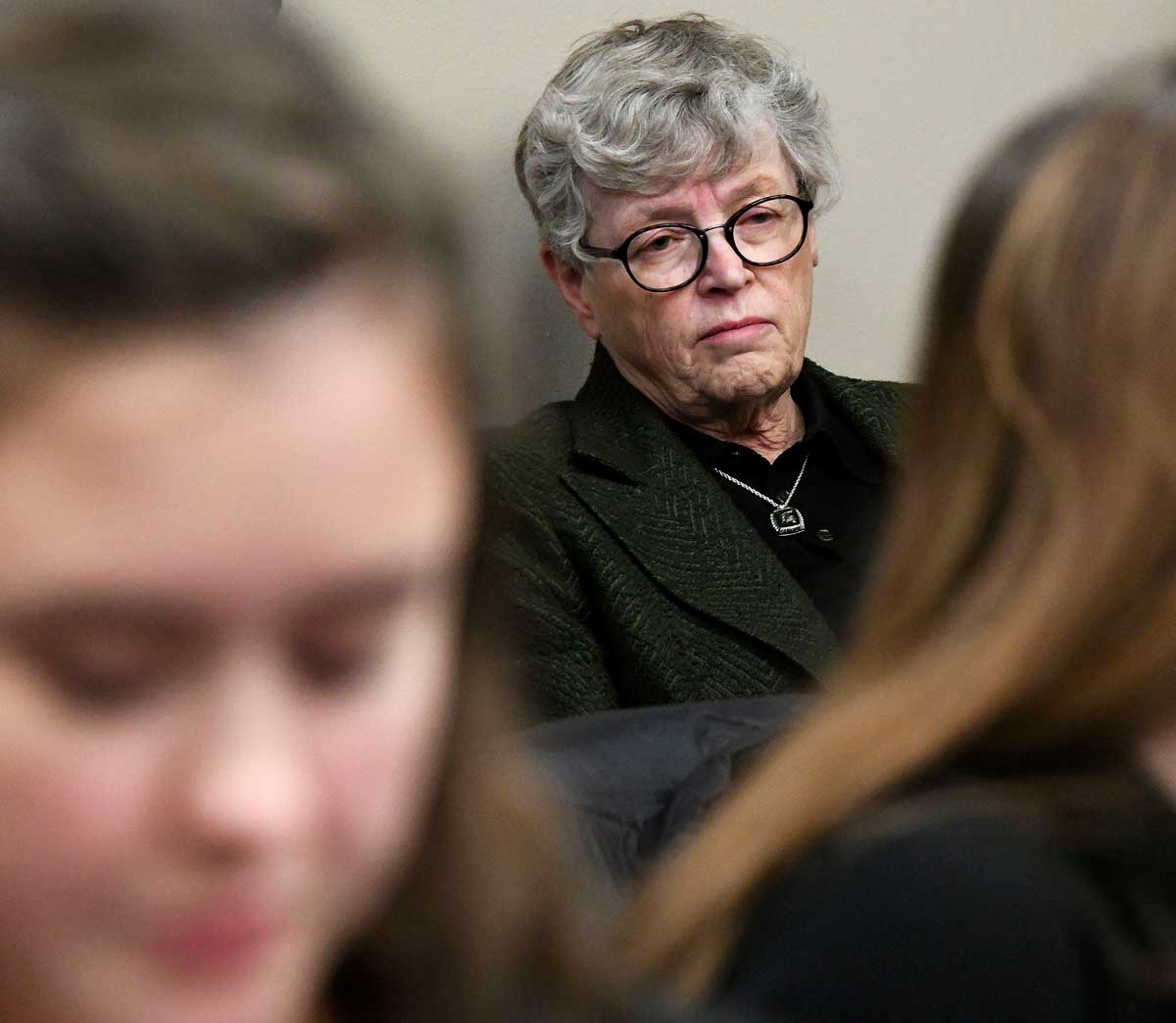Seven years removed from the Penn State scandal involving Jerry Sandusky, another Big Ten school finds itself in the middle of a federal investigation. What began as a sex abuse scandal involving former USA Gymnastics national team doctor Larry Nassar has quickly turned direction toward the prominent athletic program of Michigan State University.
In September 2014, Nassar, also a former physician at Michigan State, began receiving accusations of sexually abusing more than 150 underage girls, including many Olympic gymnasts, dating back to 1992. Four years later, on Jan. 24, Nassar was sentenced to 40-175 years in prison for his actions, in addition to 60 years for the possession of child pornography.
For Michigan State, however, the nightmare has just begun.
During the week of the Nassar sentencing, reports surfaced of Michigan State withholding information of sexual assaults involving university athletes. Just hours after Nassar received his lifetime sentence, Lou Anna Simon, president of Michigan State, resigned after facing criticism in response to the allegations. Two days later, following a report that the university hid the conclusions of the 2014 Nassar report from the victims, MSU Athletics Director Mark Hollis resigned.

Michigan State University President Lou Anna K. Simon listens to victim impact statements in court Wednesday, January 17, 2018, in Lansing, Mich. Simon has since resigned. (Dale G. Young/Detroit News via AP)
The week of Jan. 27, it was reported that NCAA President Mark Emmert was informed of 37 sexual assault reports by Michigan State athletes in 2010 and ignored them. As Michigan Attorney General Bill Schuette has launched a full investigation into the university, the question of whether Michigan State is in the wrong has already been answered. The bigger question is this: Is the NCAA responsible?
Over the last 10 years, the NCAA has been trusted with the judgment of multiple collegiate scandals – most notably the Penn State child sex abuse scandal and the University of Southern California athletic program rules violation scandal. Both of these cases resulted in multiple-year sanctions.
As the NCAA faces one of the biggest issues from within in its own history, Michigan State finds itself in need of a serious reevaluation. With the resignations of the president and athletic director already in the books, the university is in the middle of a game of Russian roulette with every chamber loaded. Severe punishment is all but imminent.
There is a massive problem with the NCAA’s lack of judgment regarding violations of rules by accredited universities. The organization finds itself in the midst of the biggest collegiate scandal since the infamous SMU football scandal that ultimately resulted in the first (and only) “death penalty.” Make no mistake – this controversy is much more severe than SMU’s under-the-table payments to players and even the previous Jerry Sandusky trial. In the case of Michigan State, it is an organization-wide controversy covered up by the hierarchy of both the university and the NCAA.
In a calendar year that has been highlighted by sexual assault survivors sharing their stories, including making claims against notable public figures, from Harvey Weinstein to Matt Lauer and multiple government officials, the “Time’s Up” and “#MeToo” movements have inspired the people to fight for justice. The Nassar case and transpiring NCAA aftermath are doing the same for the sports community.
With the judgment credibility of the NCAA becoming more of a concern, there are many questions yet to be answered.
Is the NCAA withholding more information?
Will the NCAA president face punishment for his actions?
Are there more universities guilty of this?
Day by day, these questions are becoming clearer, and the NCAA finds itself the closest it has ever been to self-destruction.






